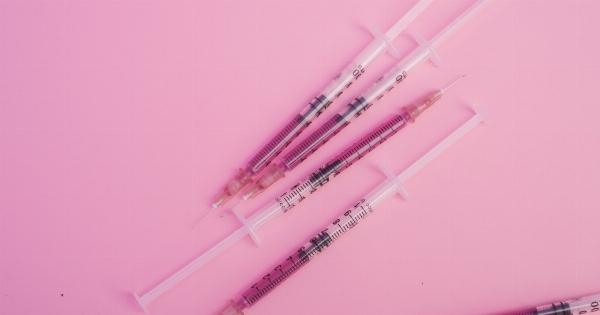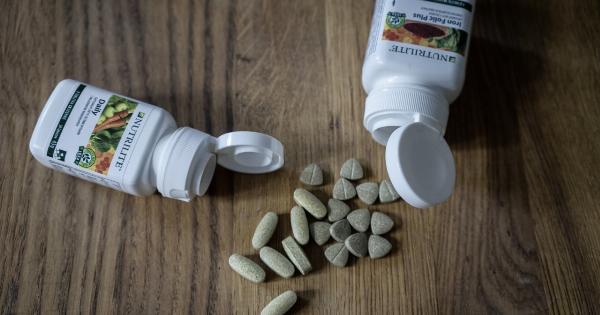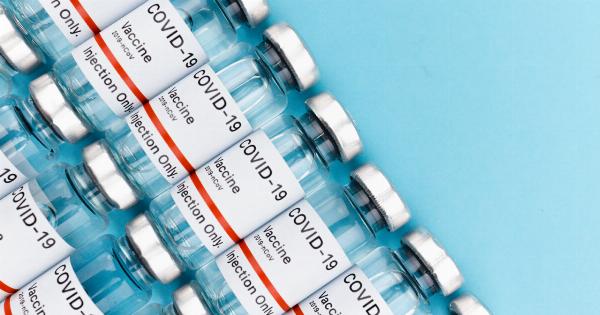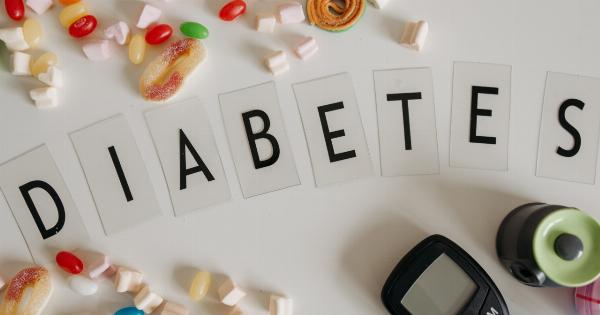Stroke is a devastating condition that occurs when the blood supply to the brain is interrupted, resulting in the death of brain cells. It is a leading cause of long-term disability and death worldwide.
As medical research continues to progress, scientists are exploring various treatment options to improve the recovery of stroke victims. One promising avenue of investigation involves the use of bone marrow stem cells to aid in the regeneration and repair of damaged brain tissue.
The Potential of Bone Marrow Stem Cells
Bone marrow is a spongy tissue found inside bones, rich in stem cells that have the ability to differentiate into various cell types. These stem cells have long been utilized in the treatment of certain blood-related disorders, such as leukemia.
Additionally, recent studies have indicated that bone marrow stem cells may hold potential for treating neurological conditions, including stroke.
How Stem Cells Can Aid in Stroke Recovery
When a stroke occurs, the lack of blood flow to the brain leads to the death of brain cells and the formation of scar tissue. This scar tissue can impair the brain’s ability to function properly, resulting in various disabilities.
The use of bone marrow stem cells aims to promote the growth of new blood vessels and neural connections, and to reduce inflammation and scar formation.
Research involving animal models of stroke has shown promising results. Injecting bone marrow stem cells into the brain of stroke-induced animals has been found to improve motor function and cognition.
The transplanted stem cells can differentiate into brain cells, including neurons and glial cells, helping to replenish and restore damaged tissue.
Human Clinical Trials
While animal studies have provided encouraging findings, it is essential to conduct clinical trials to determine the safety and effectiveness of bone marrow stem cell transplantation in humans.
Several clinical trials have been conducted to evaluate the potential of bone marrow stem cells in stroke recovery.
One notable study, published in the journal Stroke, involved the transplantation of autologous bone marrow stem cells (stem cells derived from the patient’s own bone marrow) into stroke survivors.
The results demonstrated improved motor function and neurological outcomes in the treated individuals compared to the control group.
Mechanisms of Action
The exact mechanisms by which bone marrow stem cells aid in stroke recovery are still being explored.
It is believed that these stem cells secrete numerous growth factors and anti-inflammatory molecules that promote tissue repair and reduce the harmful effects of inflammation on the brain. They may also help create a favorable environment for the regeneration of damaged brain cells.
Furthermore, bone marrow stem cells have been observed to have immunomodulatory effects. They can modulate the immune response, reducing inflammation and encouraging tissue healing.
This immunomodulatory property may contribute to their overall beneficial effects in stroke recovery.
Potential Challenges and Concerns
While the use of bone marrow stem cells in stroke recovery shows promise, there are still challenges and concerns that need to be addressed.
One concern is the risk of immune rejection if the transplanted cells are not a perfect match with the recipient’s immune system. Strategies such as using the patient’s own bone marrow stem cells (autologous transplantation) or genetically matching the donor cells can help mitigate this risk.
Additionally, ensuring the proper delivery and targeting of the stem cells to the affected area of the brain remains a challenge.
Another consideration is the potential for the formation of unwanted tissue, such as tumors. However, thorough screening and quality control measures are implemented to minimize this risk.
It is crucial to further investigate and refine the protocols for using bone marrow stem cells in stroke treatment to ensure their safety and efficacy.
Future Directions and Possibilities
As research in the field progresses, scientists are exploring innovative approaches to enhance the therapeutic potential of bone marrow stem cells for stroke recovery.
One such avenue involves combining stem cell therapy with other regenerative approaches, such as utilizing biomaterials or gene therapy techniques, to create a more supportive microenvironment for tissue repair.
Additionally, ongoing efforts are focused on optimizing the timing and route of stem cell delivery to enhance their migration and integration into the damaged brain tissue.
The use of advanced imaging techniques, such as magnetic resonance imaging (MRI) or positron emission tomography (PET), may aid in the monitoring and tracking of transplanted stem cells.
The Road to Recovery
While the use of bone marrow stem cells in stroke recovery is still in its early stages, the results from preclinical and clinical studies are promising.
The potential of these versatile stem cells to aid in the regeneration and repair of damaged brain tissue offers hope for stroke victims and their families.
Further research and clinical trials are necessary to fully understand the mechanisms of action, optimize transplantation protocols, and assess long-term outcomes.
With continued dedication to scientific exploration and collaboration between researchers, clinicians, and regulatory bodies, the future holds the promise of improved recovery and quality of life for stroke survivors.
Conclusion
Stroke is a debilitating condition affecting millions of individuals worldwide. Research into the use of bone marrow stem cells for stroke recovery has shown potential in animal models and clinical trials.
These stem cells have the ability to differentiate into various brain cell types and promote tissue regeneration, angiogenesis, and immunomodulation. While challenges and concerns remain, continued research is critical to refine protocols, enhance delivery mechanisms, and assess long-term outcomes.
With ongoing advancements, the use of bone marrow stem cells may offer a new avenue of treatment for stroke victims, bringing hope for a more extensive recovery.





























